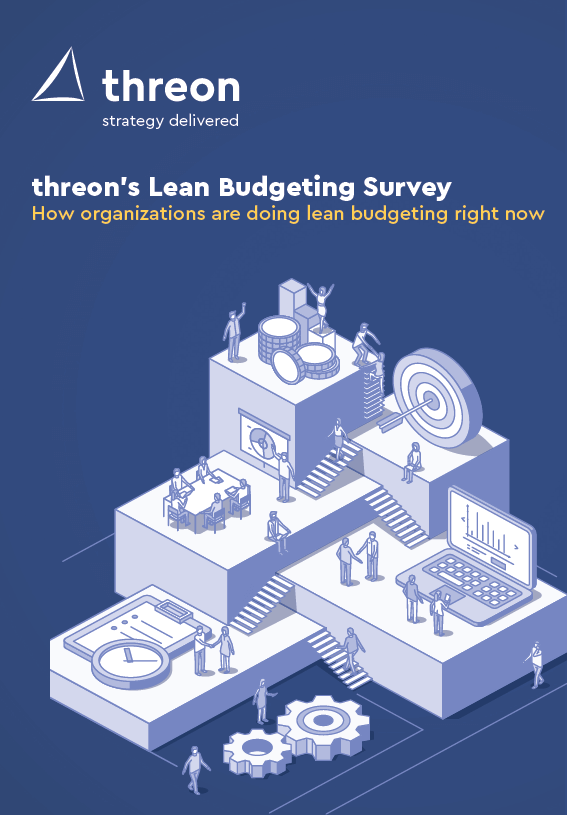5 steps to improve your strategic portfolio management
In the previous blog I talked about the interesting insights we gained from talking to our key customers and our experienced consultants. In this blog I want to dive deep into what it actually means: ‘improving your strategic portfolio management”. Let me guide you through 5 major steps to take.

1. Agree on the problem
As with many other things: you can’t solve a problem if you’re not sure there is one. Get alignment within your entire senior management team that you are doing too many projects and/or that the alignment with your organizational strategy simply is too weak.
- Let’s visualize the project work you are pushing into the organization
- Let’s compare it with the number of key people who have to execute this work and as a team conclude that it is “not just a bit” too much.
- Let’s not go to step 2 if we don’t have a real consensus on this.
2. Clarify who the customer is and who the supplier is
Most companies I talk to, limit their portfolio management discussions to the IT portfolio, the R&D portfolio, … The question is: how can you reach strategic alignment in your portfolio management if everything is organized around the “supplier” of your project delivery? Where is the customer? Organizing portfolios around value and putting the ownership of a portfolio with the people who have to realize this value, is one of the first things we try to put in place.
3. Visualize the link between your strategic themes and your projects and make choices at a higher level
Did you ever participate to portfolio selection or project budgeting meetings that were organized around endless excel files full of random project ideas? Did you enjoy it? Did it feel useful? Or rather frustrating? Techniques like benefit & capability mapping allow you to make choices at a higher level: decide which benefits you want to go after, which capabilities you really want to build next year … before discussing projects.
4. Let your internal supply departments match customer priorities with organizational constraints in order to build a realistic portfolio roadmap
In step 3 we let the customers of the portfolio decide which project they prefer to do. It is now up to the experts (IT, engineering, data, …) to match these high-level ideas with a number of constraints:
- Critical experts: quite often the speed at which you can deliver is not defined by the money you want to spend but by the number of internal experts.
- Enterprise architecture: how to deliver the expected value while still respecting your target business and IT architecture?
- Change absorption: aren’t we creating too much change for the same stakeholder group in a too short time frame?
- Legal, Data, GDPR, ….
5. Create a strategy realization office to embed strategic portfolio management within your organization
Avoid that your work to create a strategic portfolio roadmap feels like a waste of time because no one tracks the realization of that roadmap.
I hope I helped you realize the importance of strategic portfolio management to be top priority too. And if you’re interested but you don’t really see how to get started, don’t hesistate and just contact us or give us a call.
If you’re, however, still convinced that your main problem is on the project level, then I can tell you that threon does not deny its roots and that we still have whatever it takes to make your projects work. From the field we can share that our attention in that area shifted from processes (how to do projects) to people (how to get the right project managers on my complex projects) Our talent management and project delivery teams can help you in these areas.





